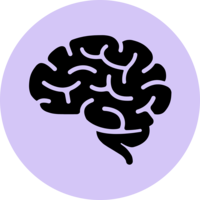Vietnam Era Twin Registry (VET Registry)
The VET Registry was initially constructed to identify twin pairs for a clinical investigation into the impact of Agent Orange on veterans who served in the military during the Vietnam era (1964–1975). The Registry twin member population is composed of over 7,000 American male–male twin pair Veterans (over 14,000 total individuals) who served on active duty in the military during the Vietnam conflict (1964–1975). Twin pairs were identified for enrolment in the VET Registry using records from the Department of Defense and Veterans Affairs. The baseline survey was the Survey of Health administered in 1987, and there have been several VET Registry-wide follow-up surveys in 1990 (the National, Heart, Lung, and Blood Institute Study: NHLBI), 1992 (Harvard Drug Study: HDS), 1999 (Male Health Study: MHS) and then again in 2012 (Veteran Health Study: VHS), with the latest follow-up survey launched in 2020.
Study design
Biobank, Cohort - twin, Registry, Cohort - occupational
Number of participants at first data collection
14,738 (participants)
Age at first data collection
Varied (participants)
Participant year of birth
1939 - 1957 (participants)
Participant sex
Male
Representative sample at baseline?
All Vietnam veterans in America.
Sample features
Country
Year of first data collection
1987
Primary Institutions
Seattle Epidemiologic Research and Information Center (ERIC)
Profile paper DOI
Funders
United States Department of Veterans Affairs (VA)
Ongoing?
Yes
Data types collected




- Computer, paper or task testing (e.g. cognitive testing, theory of mind doll task, attention computer tasks)
- Interview – face-to-face
- Interview – phone
- Physical or biological assessment (e.g. blood, saliva, gait, grip strength, anthropometry)
- Secondary data
- Self-completed questionnaire – paper or computer assisted
- Interviews or focus groups
- Magnetic Resonance Imaging (MRI)
- Employer data
- Healthcare data
- Mortality data
- Other government data
Engagement
Keywords
Consortia and dataset groups



